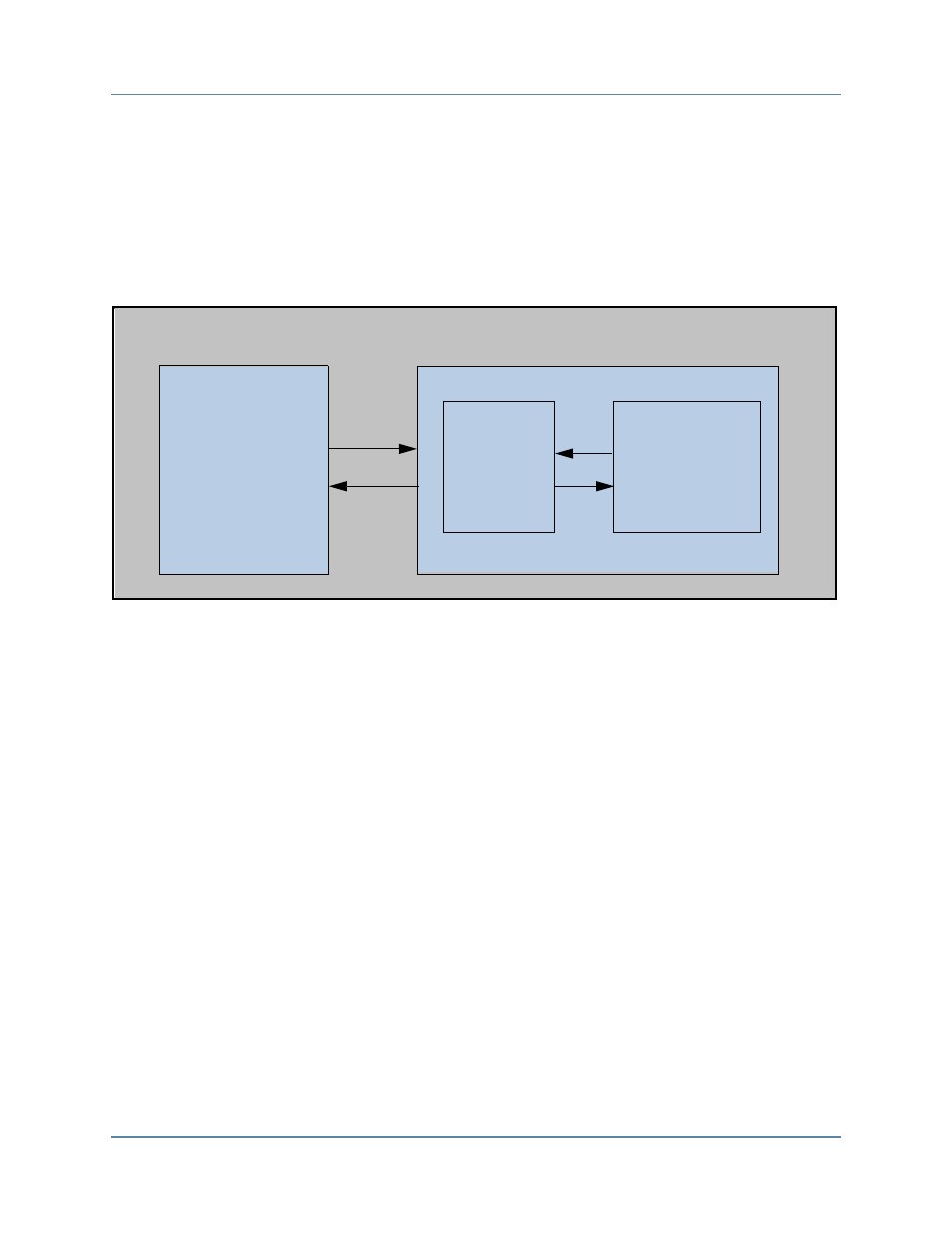Verifying a master dut, Axi3 bfm slave test program, In the – Altera Mentor Verification IP Altera Edition AMBA AXI3/4TM User Manual
Page 642: Tutoria

Mentor VIP AE AXI3/4 User Guide, V10.2b
622
VHDL Tutorials
Verifying a Master DUT
September 2013
Verifying a Master DUT
A master DUT component is connected to a slave BFM at the signal-level. A slave test program,
written at the transaction-level, generates stimulus via the slave BFM to verify the master DUT.
illustrates a typical top-level testbench environment.
Figure 11-2. Master DUT Top-level Testbench Environment
In this example the slave test program is a simple memory model.
A top-level file instantiates and connects all the components required to test and monitor the
DUT, and controls the system clock (ACLK) and reset (ARESETn) signals.
AXI3 BFM Slave Test Program
The Slave Test Program is a memory model and contains two APIs: an “
AXI3 Advanced Slave API Definition
AXI3 Basic Slave API Definition
allows you to create a wide range of stimulus scenarios to
test a master DUT. This simple API design illustrates the creation of slave stimulus based on the
default response of OKAY to master read and write transactions.
AXI3 Advanced Slave API Definition
allows you to create additional response scenarios to
transactions. For example, a successful exclusive transaction requires an EXOKAY response.
For a complete code listing of the Slave Test Program APIs, refer to the
Program
Test
Slave
BFM
Master
DUT
Slave
Top-level File